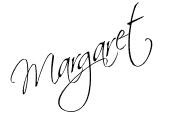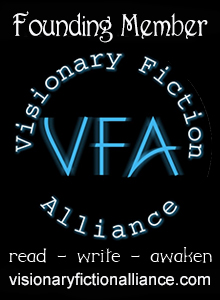
Phil Bond has been one of my critique partners for over three years and has agreed to share his essay:
Form in Fiction
an essay and a review of resources
In fiction, form is another word for structure or plot. Without a plot, we have no satisfying story, only an event, an anecdote, a fragment, or a fable. Apart from experimental fiction, which rarely sells, a compelling story has (as a minimum) a beginning, a middle, and an end. Beyond that minimum, however, successful fiction can take a variety of forms.
One popular form is the Hero’s Journey, derived from Joseph Campbell’s The Hero With a Thousand Faces (1948) and featured in Christopher Vogler’s The Writer’s Journey (1998). Some instructors teach novel writing as if the Hero’s Journey is the best (or only) form. Robert McKee wrote Story: Substance, Structure, Style, and the Principles of Screenwriting (1997) based largely on elements of the Hero’s Journey. McKee also teaches well-attended screenwriting seminars using his book as a guide, which may be why many Hollywood films are so similar in form.
This is not to say that McKee’s Story is unworthy of consideration and study. It can be a useful approach to the craft of writing, especially for the screen. But since it concentrates on the Hero’s Journey, it should not be considered the final word on how to write.
The Hero’s Journey has become such a popular form for novels and screenplays that it is almost a cliché. Writers today should give strong consideration to other forms in its stead. Happily, writing instruction books do exist that cover other forms that are suitable for a novel.
One such book is Jerome Stern’s Making Shapely Fiction (1991). Stern uses the word shape to refer to the forms used by a variety of fiction lengths and types. The first section of his book describes sixteen Shapes of Fiction, of which the Hero’s Journey is but one. The other fifteen shapes include some that are unsuitable for long fiction such as a novel. Certain of the shapes are useful only as a way to create story elements such as scenes or beginnings.
Stern’s Shapely Fiction may well serve as a handbook for beginners and experienced writers alike. Its third section lists an Alphabet for Writers: elements of the writer’s craft arranged alphabetically, each described by a short essay and with cross-references to related elements. The sixteen shapes in the first section are also cross-referenced to his Alphabet for Writers. Throughout his book are illustrative excerpts from classical and popular fiction. His style reflects his experience with teaching writing techniques, but always with a light touch, and never pedantic.
Another useful book is Writing the Breakout Novel (2001) by Donald Maass. As a successful literary agent, he describes what does, or does not, excite the interest of an agent or publisher today. His chapter on Plot echoes much of what Stern writes in Section One of his Shapely Fiction, including Maass’s observation that while the Hero’s Journey is a popular form, it is by no means the only form or the best form for a novel.
Form is essential for fiction. In the words of playwright Jean Anouilh, “Life is very nice, but it lacks form. It’s the aim of art to give it some.” For the word art, substitute fiction. And choose your form with care, as appropriate for your writing, and not simply because a particular form is in vogue.
Copyright © 2010 Philip Bond. All rights reserved.
Thank you Phil for sharing.


Hi Phil,
My preferred story form is the Hero's Journey, though I do like to use the story forms in Sterns "Making Shapely Fiction" for the scenes within my novel. I like how you say for the word "art" substitute "fiction." Makes sense. Thanks so much for sharing.
Alright, I am taking down the names of those books and will check the local bookstores.. I believed it help my writing grow, nurturing them.. But this is the one which caught my attention Jerome Stern's Making Shapely Fiction (1991) thus first to top my list.. Thanks for sharing..
Hi Phil,
What a great article, such valuable information. I plan to get the Maass book. You always provide such good information to your writer pals. Maybe you should start your own blog so others can benefit from your investigation and knowledge. You so much about the writing business. Thank you, Phil.
Jo
I dont' know how to comment with my right name, so I'm anonymous.
Jo
Oh, gosh, I meant to say, "You know so much about the writing business." And I only meant to sign my name once. Duh.